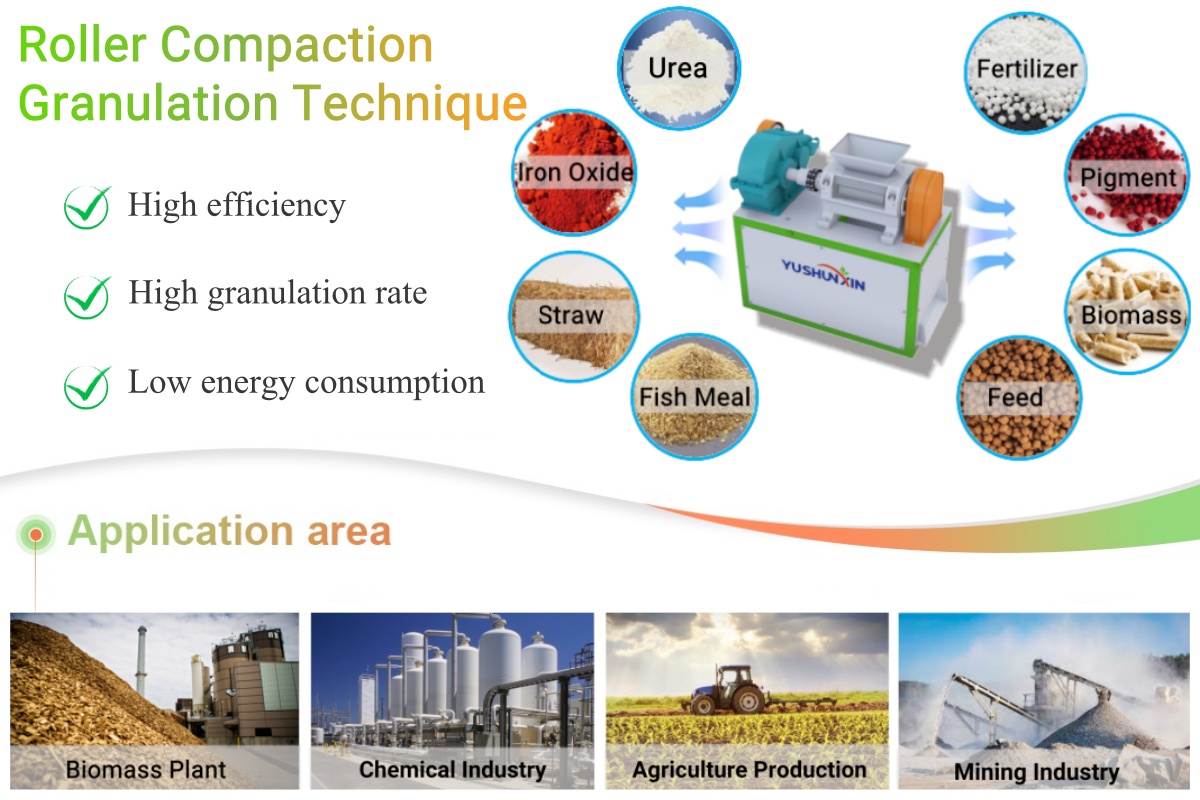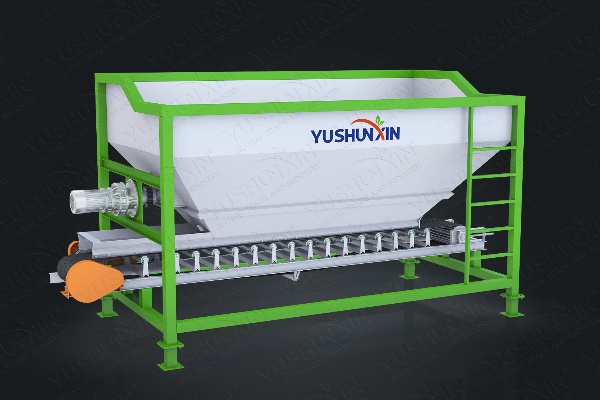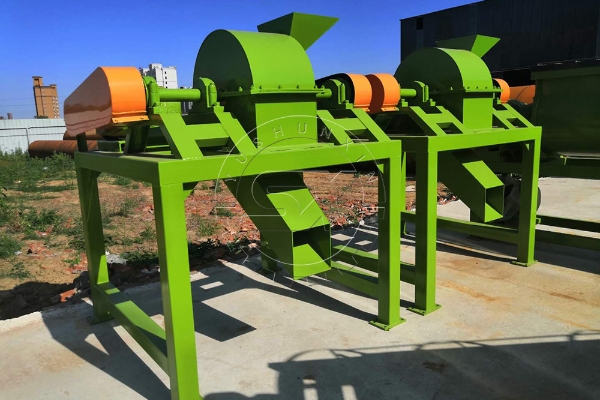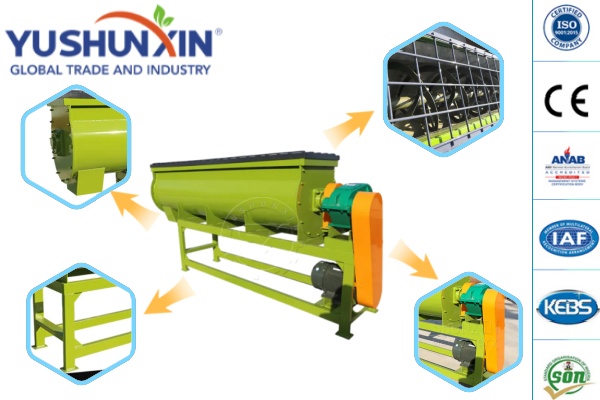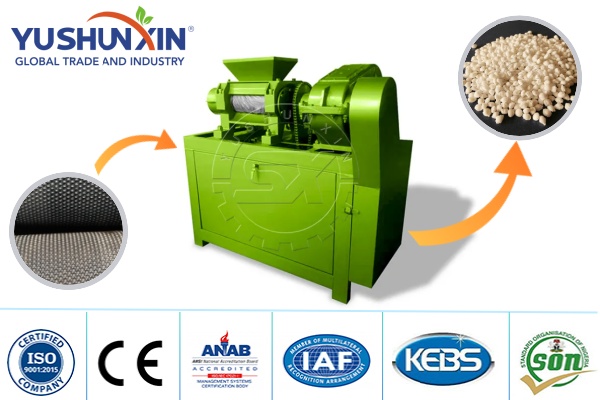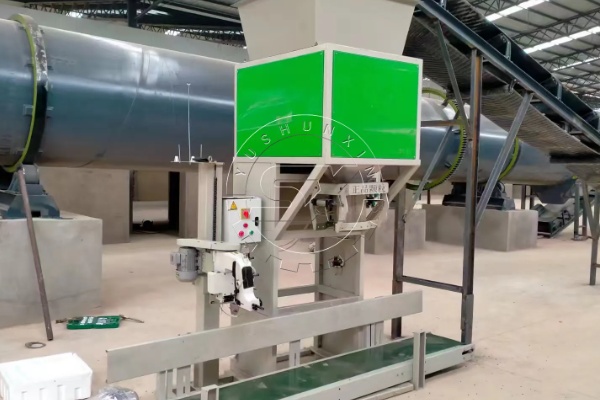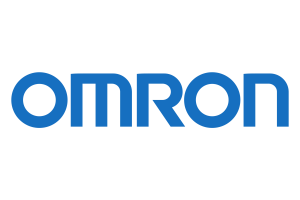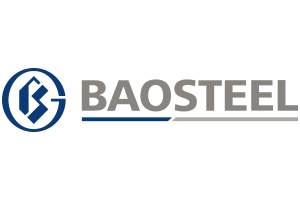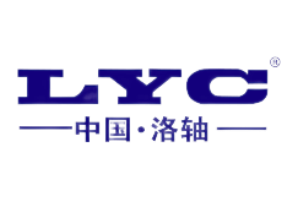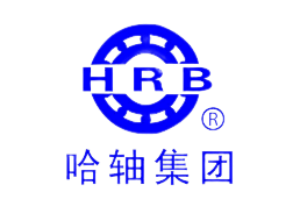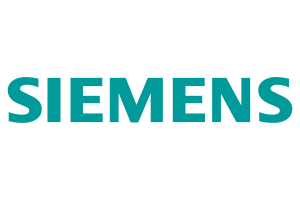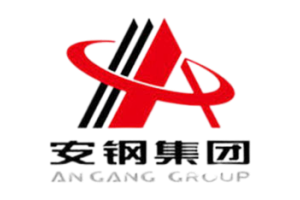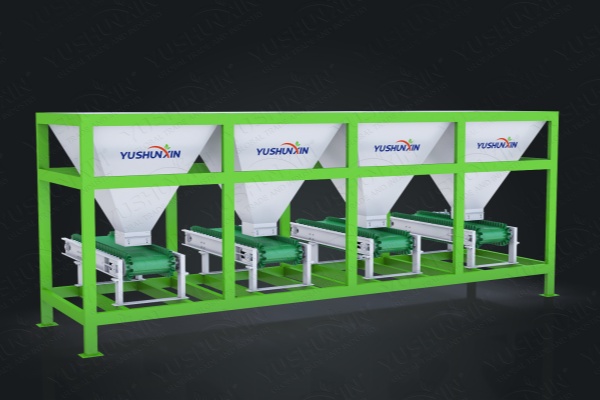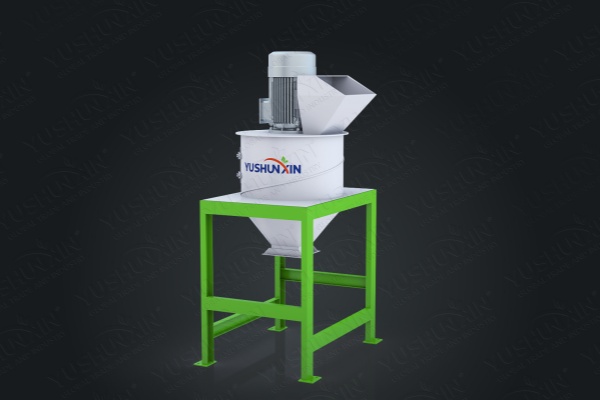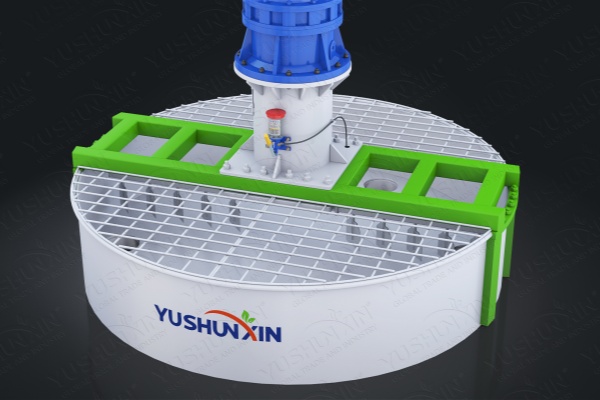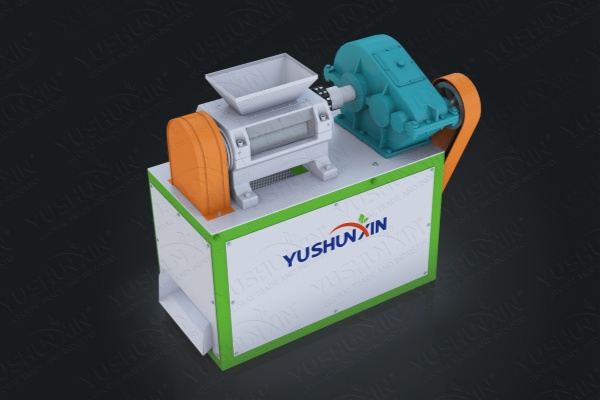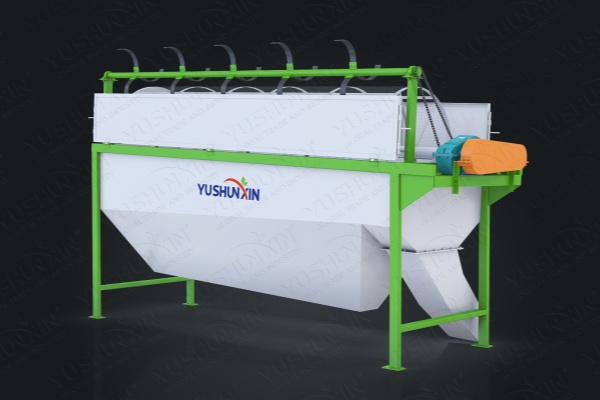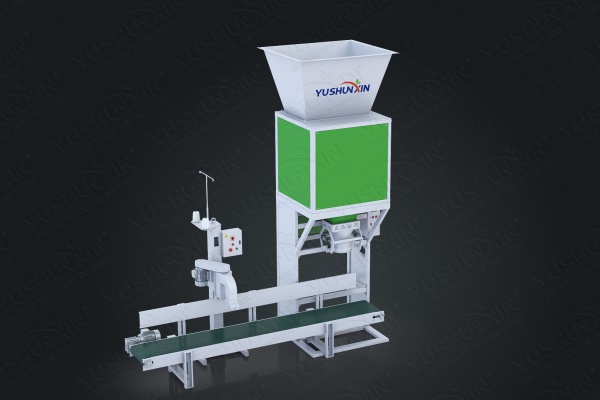The roller compaction granulation technique, takes the double roller extrusion granulator at its core. Moreover, this innovative method turns powders into solid granules through high-pressure compaction, ensuring uniform particle size and shape. Additionally, it is ideal for industries such as fertilizer, mining, and chemicals. Besides, it enhances efficiency and product quality while minimizing material waste. With the dry roller pressing granulator, this technique offers a reliable, energy-efficient and cost-effective solution for granulation demands for various commercial businesses.
What The Applications of Roller Compaction Granulation Technique ?
Double roller compaction and granulation technology, with its unique processing method, has been widely applied across various industries. Here are some specific use cases:
As a result, the application of this technology significantly boosts production efficiency and product quality, and also contributes to the efficient use of resources and environmental protection.
What Is The Process of Applying The Roller Compaction Granulation Technology ?
This technique involves five key processes – feeding, crushing, mixing, granulating, and packing. Moreover, each stage requires specific equipment to ensure the smooth flow and efficiency of the entire process.
Loading Efficiently with Loader Type Feeder
Grinding Raw Materials with Cage Crusher
Blending for Homogeneity with Horizontal Mixer
Applying Pressure and Cohesion with Double Roller Extrusion Granulator
Applying Pressure and Cohesion with Double Roller Extrusion Granulator
What Are Advantages of Roller Compaction Pelletizing Technology ?
Using roller compaction for granulation offers you several benefits:
Roller compaction granulation technology is an industrial method for transforming powdery materials into compacted blocks or granular products through mechanical action. Furthermore, this process mainly involves compressing the material into thin sheets between two counter-rotating rollers and then breaking it down into granules of desired size based on specific requirements. Then, you will find this technique widely used in industries such as chemical, metallurgy, food, and agriculture.

